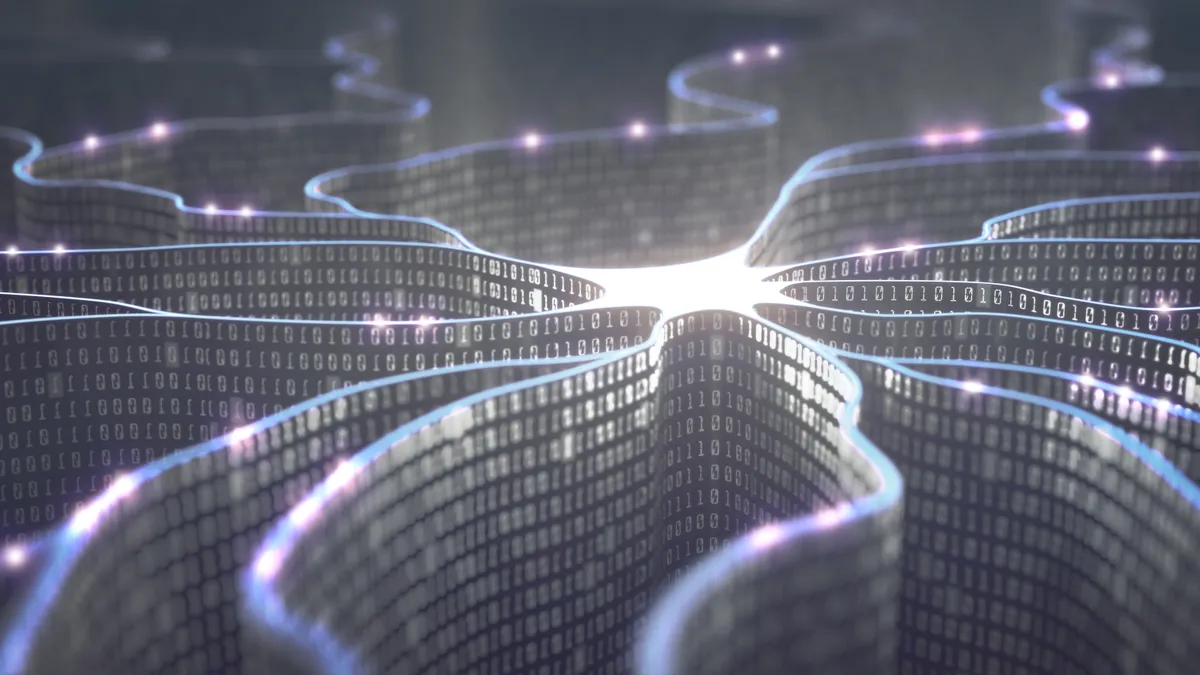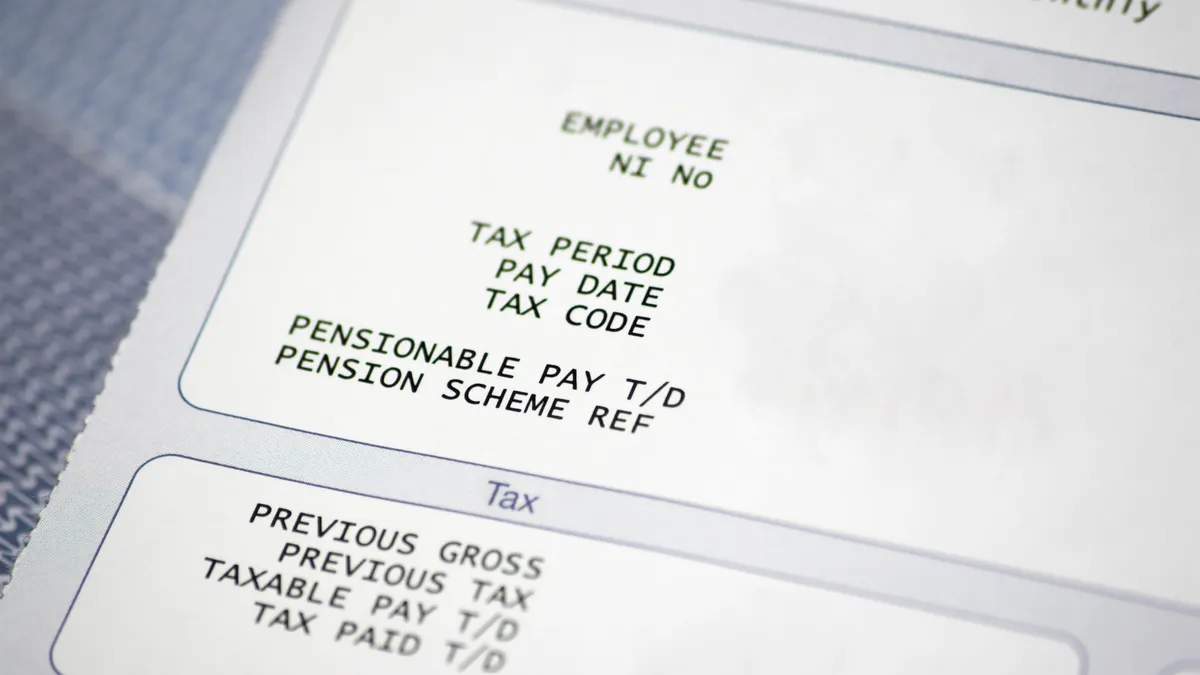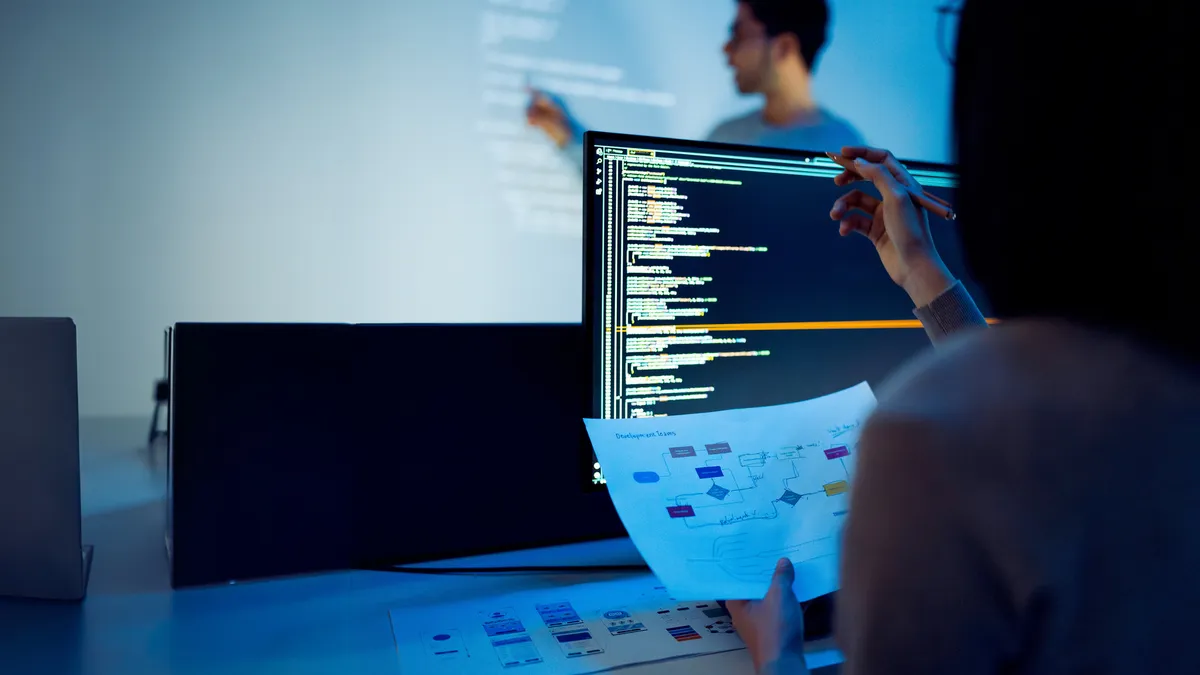Editor's note: The following is a contributed piece by Deepak Bharadwaj, general manager, HR Business Unit at ServiceNow, a cloud computing firm.
It's no secret that artificial intelligence (AI) is reaching every aspect of business today, changing the way each department conducts its affairs. Chief Human Resource Officers (CHROs) are no exception when it comes to corporate culture and employee experience.
A new breed of CHRO is working with innovative technologies such as AI that will free human resources professionals from mundane and repetitive tasks, allowing them to focus on things that make a difference for employees and organizations in the moments that matter most.
AI is an important factor in this new technology-enabled employee experience, and includes pioneering components like machine learning, chatbots, pattern detection algorithms, analytics and much more. But how can such innovations be utilized in a department that was once considered less than tech savvy?
Below, we look at how some of the most successful tech giants have adopted AI and made it work for their organizations — and how CHROs can apply these ideas to their own HR departments.
Amazon
Amazon's powerful recommendation engine knows what its customers have purchased, what other people who resemble those customers have purchased, and can infer what those customers may want to purchase in the future. Its software has amassed a vast trove of data — tracking its 152 million customers peruse 1.5 billion items in its store — and can now suggest products that might be useful to customers the instant they begin shopping.
HR departments can employ the same sort of recommendation engine to push relevant items to employees. By studying the usage patterns of employees as they interact with the organization, a company can leverage that information and learn from it to make proactive suggestions. For example, say an employee wants to take maternity leave and needs more information on how to begin that process. A search of the company's intranet can automatically show details about the topic, as well as reveal additional resources that other employees who previously searched for the same information would find useful.
Sometimes, the information an employee may be seeking from the HR department can be sensitive, such as changing departments or reporting inappropriate behavior. That can cause a surge of emotions, including stress. If an HR department can make finding the requested information as seamless as possible, employees may feel as though their organization is empathetic to their wants and needs. That could lead them to connect with their company on a deeper level and enjoy a more satisfying employee experience.
When typing a phrase into Google's search box, before one has the chance to complete the query, several iterations of what he or she might be looking up automatically populate — this is based on the search engine's pattern recognition of previous searches. As a result, while a few keystrokes may only take a few seconds to put on the page, Google's algorithm takes predictive analytics to the next level and makes the "Googling" process even faster and easier for the user.
HR systems are starting to do the same, capturing employees' interactions with HR and revealing patterns. Artificial intelligence will use those patterns to improve future interactions and create relevant information for other employees. For example, the same employee mentioned above is searching for information on the maternity leave policy and uses a chatbot to request it. If the chatbot has not encountered this request previously, it will send the employee to a human agent for resolution. But as more and more employees request this same information, a base of knowledge is automatically created by recognizing the queries, gathering the appropriate responses and providing the information requested without the help of a human agent. Instead, the chatbot is now equipped to address the subject moving forward.
Using AI in this fashion has at least two immediate and significant benefits: Employees will receive the information they need immediately, and human agents can focus on more important and productive tasks, rather than answering the same repetitive questions day in and day out.
IBM
When Big Blue wants to hire someone, it now uses AI software to harness job applicants' vast digital output. Different iterations of this software — made by a variety of small vendors — can screen work samples, social media posts, facial expressions, speech patterns and more for signs of bigotry, violence, curiosity, empathy and compassion, among others, to identify employees who are the best fit for the culture and overall organization.
Advocates of AI argue that employers could use the technology to hire a more diverse, empathetic and dynamic workforce. That, in turn, can improve the overall employee experience, as companies can gain control over their culture through their hiring. With new hires, a company can create a workforce whose traits are celebrated, creating a sense of inclusion and belonging for their employees.
Remember the human touch
For all the value that AI can bring to the process, HR must remember to focus on the "human" in human resources.
Similarly, while artificial intelligence can transform the entire HR field, technology can only go so far in providing people with what they want and need. Companies that go the extra mile and include human interaction, involvement and emotion when working on the overall employee experience will be able to take full advantage of the additive benefits that artificial intelligence offers to the HR department.
That's what the smartest companies in tech understand: Artificial intelligence enables better decisions while making life easier for their customers. HR professionals in any field can do the same, making their own lives easier as well as the lives of the employees they serve.



















